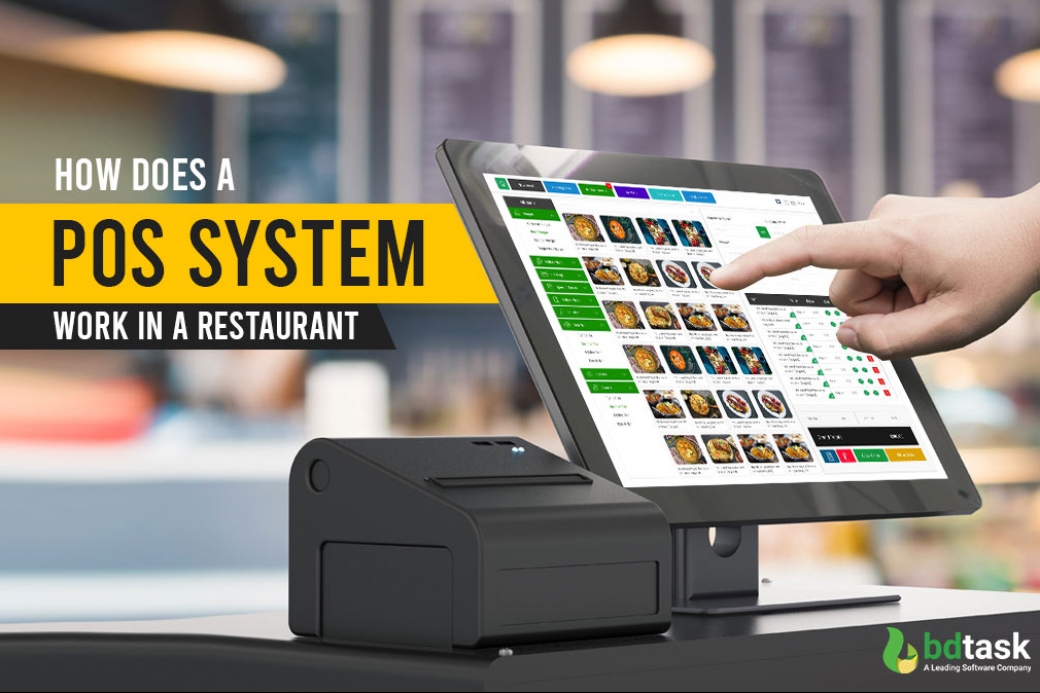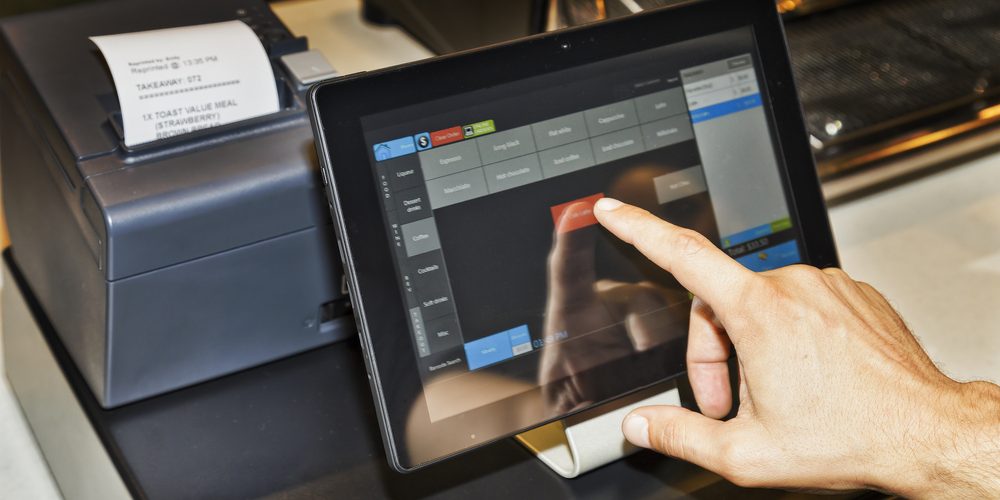Just How POS System Works: A Comprehensive Guide for Company Owners
A POS system acts as an important tool for contemporary services, integrating various components to improve operations. It incorporates hardware like barcode scanners and software program for sales tracking. This system not only processes deals but also takes care of supply and evaluates client habits. Understanding its functionality can considerably influence a business's efficiency and decision-making. What are the crucial components that add to this performance? Discovering these parts uses useful insights.
Comprehending the Components of a POS System
A Point of Sale (POS) system is made up of numerous crucial parts that collaborate to facilitate transactions and manage company operations. At its core, the hardware includes tools such as a money register, barcode scanner, receipt printer, and payment incurable, all important for refining sales (Restaurant POS Software). The software program element manages supply, sales tracking, and customer information, offering important understandings for business decisions.Additionally, data sources keep transaction documents and customer details, guaranteeing data stability and safety and security. Network connection enables real-time updates and accessibility to cloud-based services, boosting functional effectiveness. Interface, developed for ease of use, permit staff to browse the system quickly, decreasing training time. With each other, these components create a natural system that enhances the sales process, enhances customer support, and aids in efficient management of service resources. Understanding these elements is important for local business owner looking for to maximize their POS systems
Just How Sales Transactions Are Refined
When a client decides to buy, the sales transaction launches a series of organized steps within the POS system. The cashier inputs the things being bought, which are checked with a barcode viewers or manually gotten in. This action retrieves product information, including prices and applicable taxes, from the system's database.Next, the consumer is offered with the complete amount due. The POS system after that refines the payment, whether with cash, bank card, or mobile repayment approaches. For electronic settlements, the POS safely interacts with payment processors to accredit and confirm the transaction.Once the repayment is verified, the system creates an invoice, which can be published or sent out digitally. This receipt serves as evidence of acquisition for the consumer. Lastly, the purchase information is tape-recorded in the system, guaranteeing exact sales documents and monetary tracking for the company.
Stock Administration and Tracking
Effective inventory management and tracking are crucial components of a POS system, as they guarantee that businesses maintain optimal supply levels and reduce inconsistencies. A durable POS system permits for real-time inventory updates, reflecting sales and returns immediately. This enables company owners to keep track of stock degrees accurately, making certain that popular items are readily offered while protecting against overstocking of much less prominent products.Additionally, advanced POS systems provide features such as automated stock informs and reorder pointers, simplifying the purchase process. Barcoding and RFID technology boost precision in click to read tracking inventory movement, lowering human mistake. Comprehensive reporting tools give insights into supply turnover prices, assisting companies make informed choices regarding purchasing and product offerings. Inevitably, efficient inventory monitoring through a POS system not just improves operational efficiency yet likewise boosts customer contentment by guaranteeing product availability.

Examining Consumer Information and Insights
Customer information evaluation acts as a powerful tool for businesses making use of a POS system. By gathering and examining purchase data, organizations can reveal useful insights about customer actions and preferences. This analysis allows them to determine buying fads, peak purchasing times, and prominent products, thereby educating stock decisions and advertising and marketing strategies.Additionally, businesses can sector their client base, enabling personalized advertising and marketing initiatives that satisfy certain demographics or buying routines. Comprehending client loyalty patterns also assists in establishing targeted promotions and rewards programs.The information amassed from a POS system can likewise reveal insights right into client comments, enabling businesses to make enlightened choices pertaining to item offerings and service enhancements. Ultimately, leveraging customer information effectively can improve the total purchasing experience, foster consumer satisfaction, and drive earnings development.
Advantages of Implementing a POS System
Applying a POS system offers numerous advantages that can greatly boost organization operations. To begin with, it improves transaction processes, reducing delay times and enhancing customer fulfillment. By automating sales processes, companies can lessen human error and guarantee exact record-keeping. In addition, a POS system provides important data analytics, making it possible for proprietors to track sales fads and supply degrees in real-time. This insight supports informed decision-making, helping to maximize supply administration and advertising and marketing strategies.Moreover, several POS systems incorporate with other company tools, such as accounting software application, streamlining economic management. weblink Enhanced worker administration functions, such as tracking hours and efficiency, more add to functional efficiency.Lastly, the implementation of a POS system can lead to enhanced profits via enhanced consumer experiences and critical understandings, inevitably cultivating organization development and sustainability.
Regularly Asked Inquiries
What Kinds of Businesses Can Benefit From a POS System?

Just how much Does a POS System Normally Cost?
The price of a POS system usually ranges from a couple of hundred to several thousand dollars, depending upon functions, equipment, and software - Restaurant POS Software. Services have to take into consideration ongoing fees for maintenance, support, and deal handling when budgeting

Can I Integrate a POS System With Existing Software?
Integrating a POS system with existing software is from this source frequently practical. Lots of systems supply APIs or integrated compatibility features, allowing companies to simplify operations and improve functionality by connecting numerous software program applications successfully.
What Training Is Required for Team to Make Use Of a POS System?
Educating for staff to use a POS system usually includes understanding software application capabilities, refining purchases, taking care of supply, and handling customer communications - Restaurant POS Software. Practical demonstrations and hands-on practice sessions enhance efficiency and confidence being used the system effectively
What Takes place if the Internet Drops While Using a POS System?
If the web goes down throughout POS system usage, deals might be interrupted. Several systems provide offline capacities, allowing standard operations to proceed, but complete capability, consisting of real-time stock updates, will be limited.